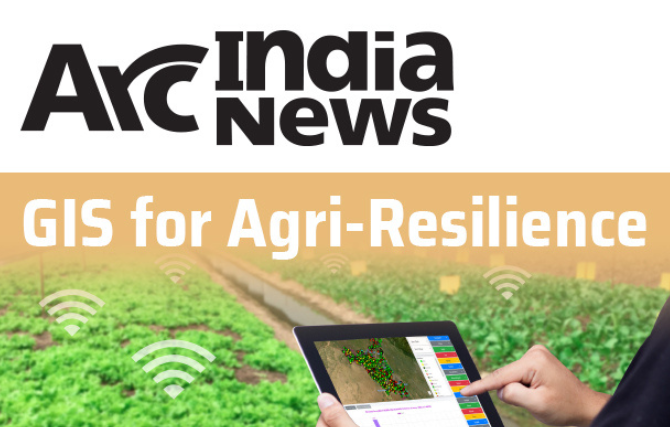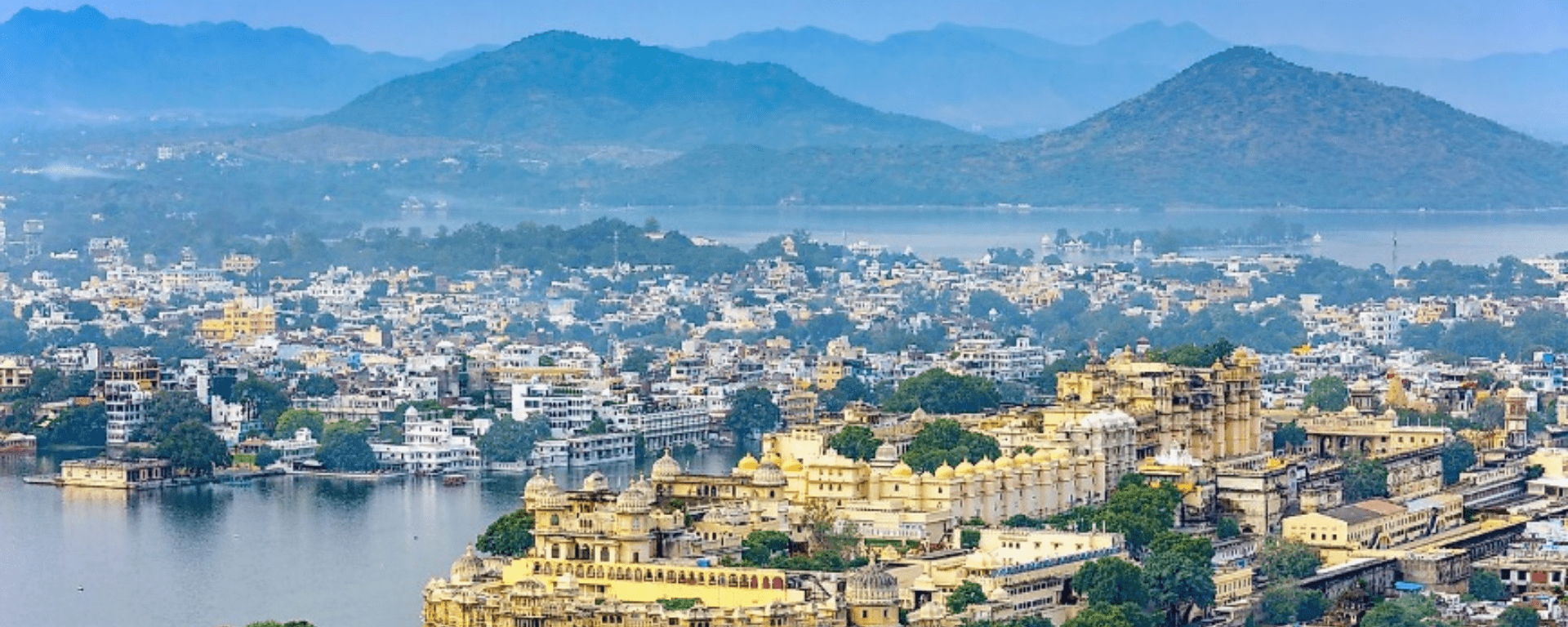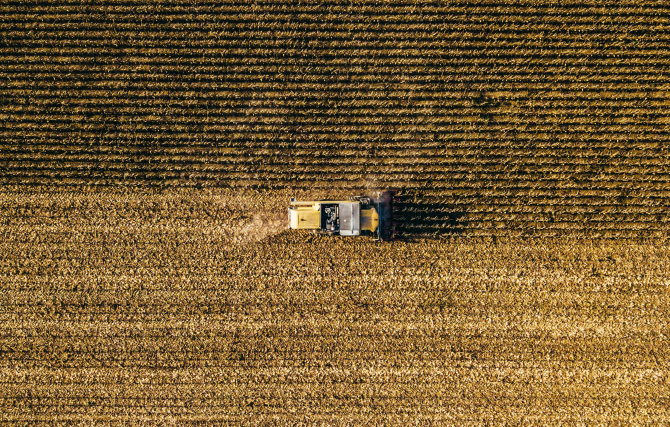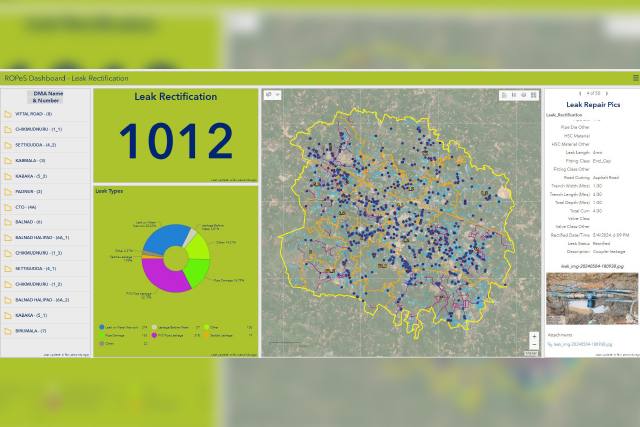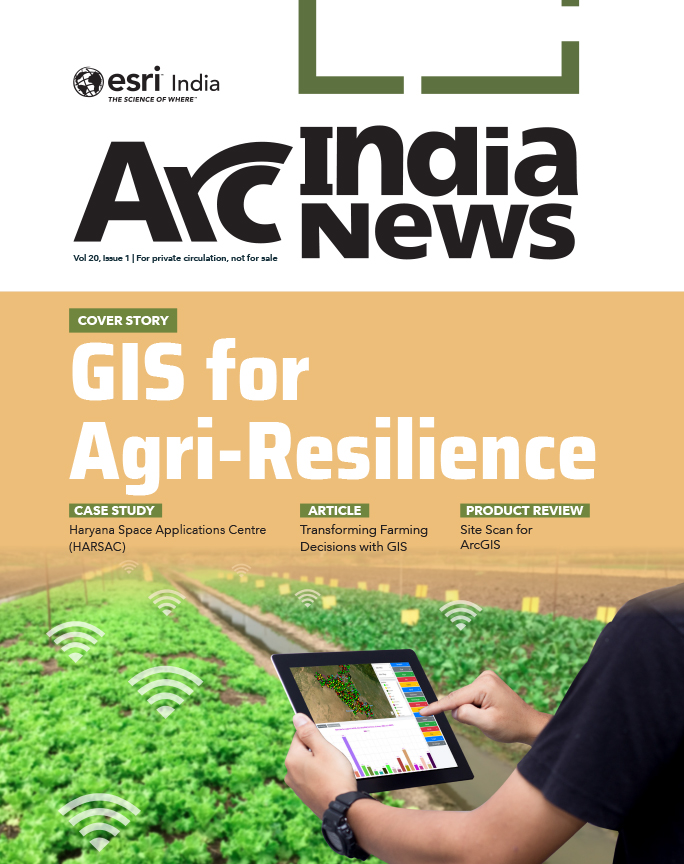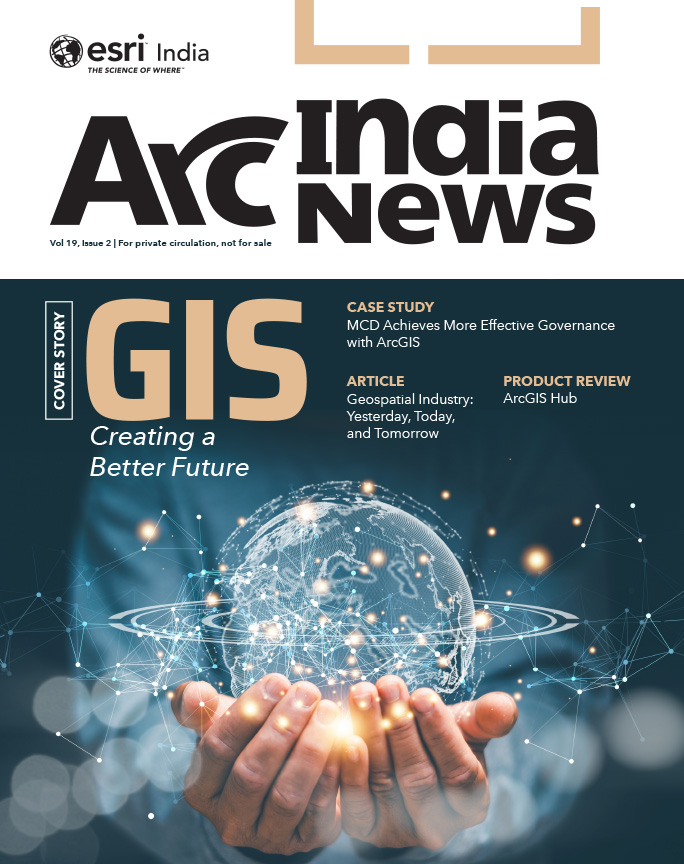Future water demand refers to the projected quantity of water required to meet the needs of a growing population, expanding industries, and changing patterns of water use over time (Boretti et al., 2019). It is essential to estimate future water demand accurately to ensure sustainable water management and allocation. Factors such as population growth, urbanization, industrial development, agricultural expansion, and climate change can influence water demand patterns (Kirby et al., 2022). Among the diverse techniques available for water demand projection, this study adopts simple methods for the estimation.
The total water demand for Udaipur town, considering its resident population of 451,100 (as of 2011) and an estimated floating population of 30,000, is estimated to be 65 million liters per day (MLD). This calculation is based on the water supply norm of 135 liters per capita per day (lpcd) (CDP, 2014, pp. 68). The total water demand for all sectors, including domestic, industrial, institutional, tourist, and floating population, was 115 MLD (million liters per day) according to data from PHED in 2011 (IUC, 2020). As outlined in the City Development Plan of 2041 (CDP, 2014), the projected demand for raw water in the Udaipur city is anticipated to reach 101 MLD (Million Liters per Day) by 2021, 122 MLD by 2031, and further increase to 148 MLD by 2041.
Considering the literature reviewed, the raw water demand has been determined using the per capita water supply norms of 135 LPCD (liters per capita per day) for domestic, industrial, institutional, and tourist populations. Additionally, 30% of the total water supply has been allocated for agricultural practices in Ayad river basin. Consequently, the per capita raw water demand has been projected to be approximately 175 LPCD (liters per capita per day). Based on the aforementioned information, the projected future water demand is presented in the Table 8.
